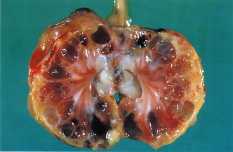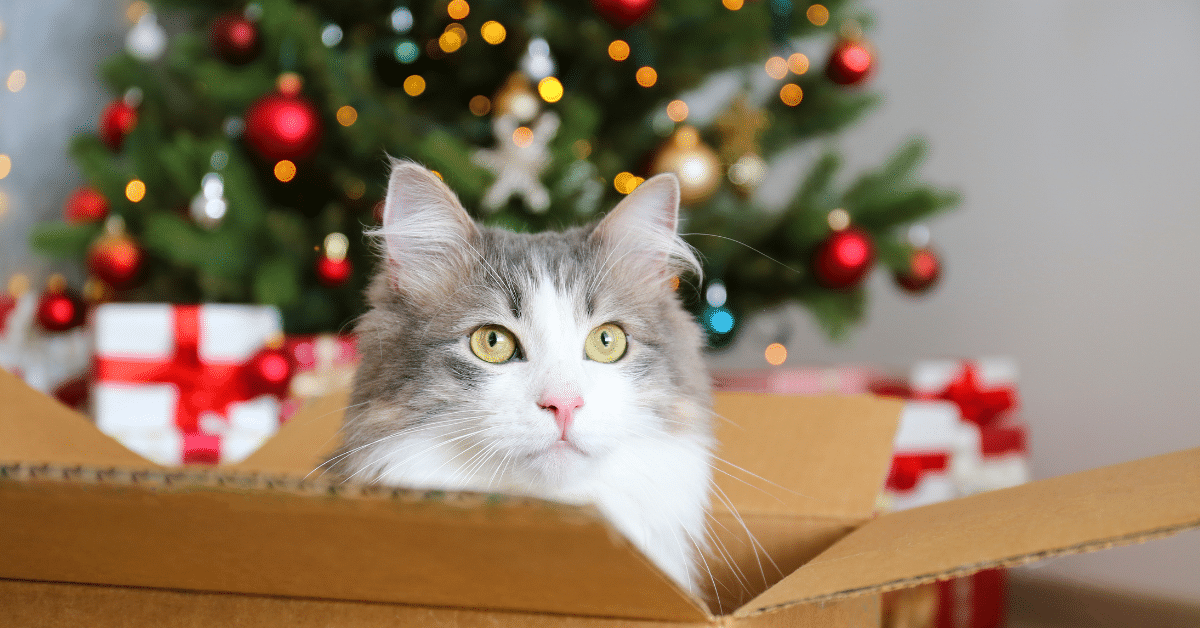Understanding Feline Polycystic Kidney Disease (PKD)
What is Feline Polycystic Kidney Disease (PKD)?
Polycystic kidney disease is an inherited condition where fluid filled cysts form and grow. The cysts are present at birth but are usually very small. These cysts grow over time and their presence damages normal kidney tissue, eventually resulting in kidney failure.
What are the signs of Polycystic Kidney Disease?
If your cat exhibits any or all of the following symptoms, he should be examined by the vet without delay:
- Excessive thirst
- Excessive urination
- Loss of appetite
- Presence of blood in the urine
- Bad breath
- Lethargy
- Weight loss
- Vomiting
- Depression
What do the kidneys do for my cat’s body?
- Kidneys filter out toxins.
- Kidneys help control blood pressure by releasing renin.
- Kidneys stimulate the production of red blood cells.
- Kidneys filter waste and excess water from the blood.
- Kidneys help balance acids and minerals in the cats blood.
Is there a cure for PKD?
There is no known cure for PKD. However, if the cat has small cysts that grow slowly he may die from something other than kidney failure result from the PKD. PKD isn’t always fatal but should be diagnosed early so that it can be treated along the way. Managing the symptoms of PKD can help lengthen the lifespan of your cat.
How is PKD treated?
After PKD has been diagnosed via ultrasound and genetic testing the following treatments may be utilized to treat your cat:
- A prescribed low protein, low phosphorus diet.
- If dehydration exists, fluids will be administered.
- Tablets that bind phosphorus may be prescribed.
- High blood pressure medication will be prescribed if hypertension exists.






